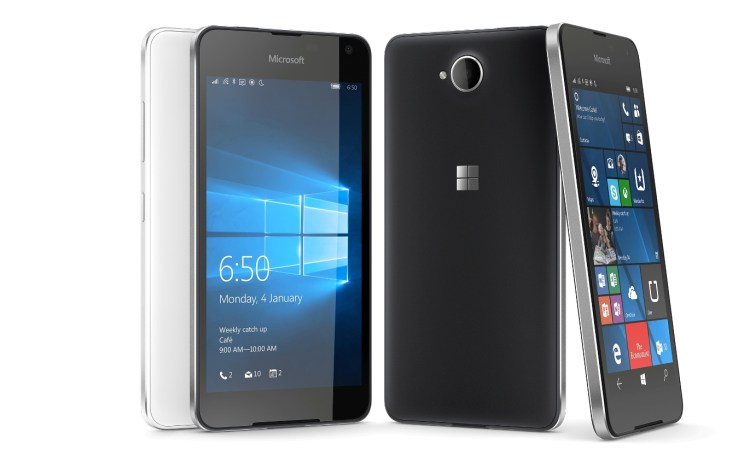Microsoft today finally started rolling out Windows 10 Mobile to 18 devices running Windows Phone 8.1. As we noted, there is a lot to gain by upgrading to Windows 10 Mobile, though some features are dependent on your hardware. But you may also lose some features, according to the Windows 10 specifications page.
First of all, your contact tiles will not show notifications for missed calls, messages, and emails. The Me Tile and Me Card are also no longer supported, while group tiles can’t be used to receive status updates from social networks.
While Cortana should work better overall, she can no longer search for apps, settings, email, text messaging, contacts, and QR Codes on the device. Cortana can also no longer open apps through voice commands, and the “Hey Cortana” trigger will no longer work on some upgraded devices.
Other small feature losses include Indoor Maps not working anymore for some locations, the Outlook Mail app not being able to open .EML attachments, and Outlook Calendar not supporting Tasks. Businesses should also be aware that certain enterprise features, including Data Protection Under Lock, are not available and that the MDM capability to prevent saving and sharing Office documents is not supported.
As we noted earlier, because Windows 10 Mobile is part of Windows 10, it is automatically updated. Microsoft explains what this means:
Windows 10 Mobile users will receive updates automatically during the support period when they are available. Windows 10 Mobile Enterprise users will have the ability to postpone updates. Additional requirements will apply over time for updates, and availability may vary by device, carrier, and market. The amount of time that Windows 10 Mobile users can postpone updates is limited. Support may vary by device and other factors.
This is generally a good thing, though there are always those who do not like automatic updates. Microsoft also warns that while your apps, in-app purchases, files, and settings will migrate as part of the upgrade, some may not make it.
All in all, Windows 10 Mobile is worth upgrading to if your device supports it, but it should be your choice. Like with any upgrade, you should know what you’re getting into, and weigh the option of simply buying a new device altogether.


